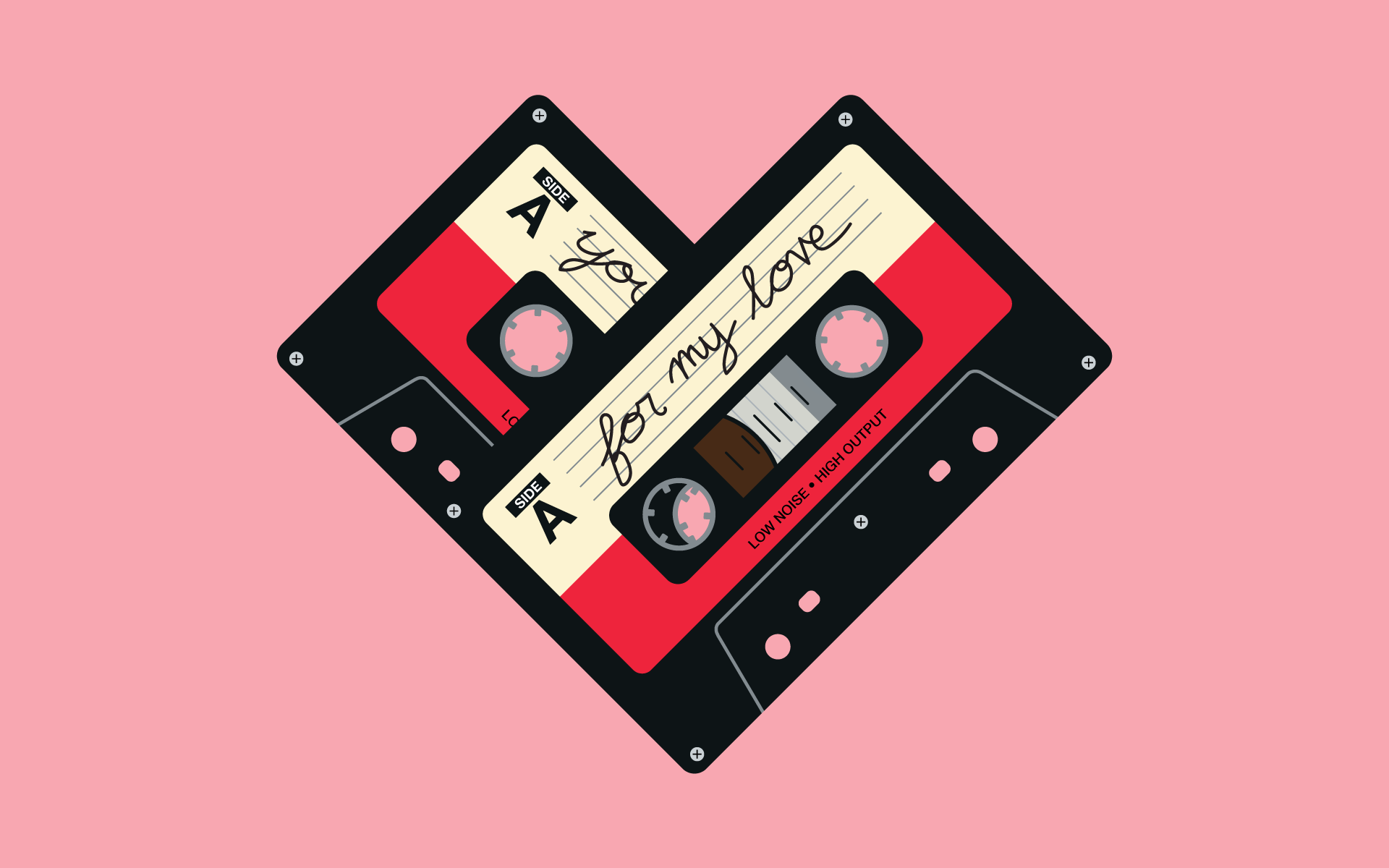Expand Your Harmonic Vocabulary and Match Chords to the Mood of Your Lyrics
I love it when songs just fall out. If I could write every song without consciously applying a single tool of the craft, I would. Tools are hard work, and let’s face it, I’d rather be lazy. When it comes to writing harmony, sometimes I choose to just coast awhile. Nice chord progressions borrowed from a song I know and love provide the perfect underscoring to a melody and lyric I’ve just written. Cast a new light on the melody, speed it up or slow it down with a slightly different groove, and presto, I’ve got myself a song!
TAKE A SONGWRITING COURSE WITH ANDREA STOLPE
Creating the Musical Mood
Inevitably in the songwriting process, there is a point where I have to think consciously about where I want to take the next chords. I have to consider why I’m using the chords I’m using, and what those chords are saying. I have to think about the different message I want to say when I feel the need for a new chord.
When we choose chord progressions, we’re choosing a mood that gives the listener a musical interpretation of the lyric message. The message in the words and the message of the music need to agree. The musical mood will always outweigh the lyrical message. Whatever musical mood we are creating, it will pull out hues of that same mood in the lyric. So we want to be sure that we’re working with a diverse color palette when it comes to the chords we see available to us.
Add New Chords to Your Vocabulary
When we feel limited with our harmonic ideas, a good exercise is to try to add one new chord to our vocabulary with each song we write. Most of our songs utilize in some way the I chord, the IV chord, the V chord, and the vi minor chord.
(For some basic theory for songwriters, check out my book, Beginning Songwriting, available on Amazon).
So we might try adding to that the iii minor chord. We might try a new cadence, and instead of moving from the IV chord to the V chord, we might try using the flat vi chord to the flat vii chord. Or, we might try the flat iii to the flat IV. These and other cadences are explained and listed in the book and speak directly to songwriters who may be shaky on their theory knowledge.
Borrowed Chords
You might also try using borrowed cords, taking your inspiration from another key. In this case, try moving to a II major chord when you want to highlight a particularly important lyric idea, such as at the end of your pre-chorus section before moving into the chorus.
If talk of chords leaves you feeling overwhelmed and confused, break it down for yourself. Try getting clear on the chords that belong to a major scale, and then add one new chord to your vocabulary each time you sit down to write music.
Use Borrowed Chords Sparingly
After you use one, return immediately to a chord that does belong to the key, so that our ears know the diversion was intentional. And when you experiment with chord progressions that involve several borrowed chords, make sure to use lots of repetition of the progression. The repetition will help the song to feel grounded and intentional, rather than accidental and unstable.
Listen and Transcribe
As always, some of the most productive writing we can do is not writing at all, but listening. Listen to and transcribe a song a day, and you will find some great chord progressions to apply to your own songs.
STUDY SONGWRITING ONLINE WITH BERKLEE










